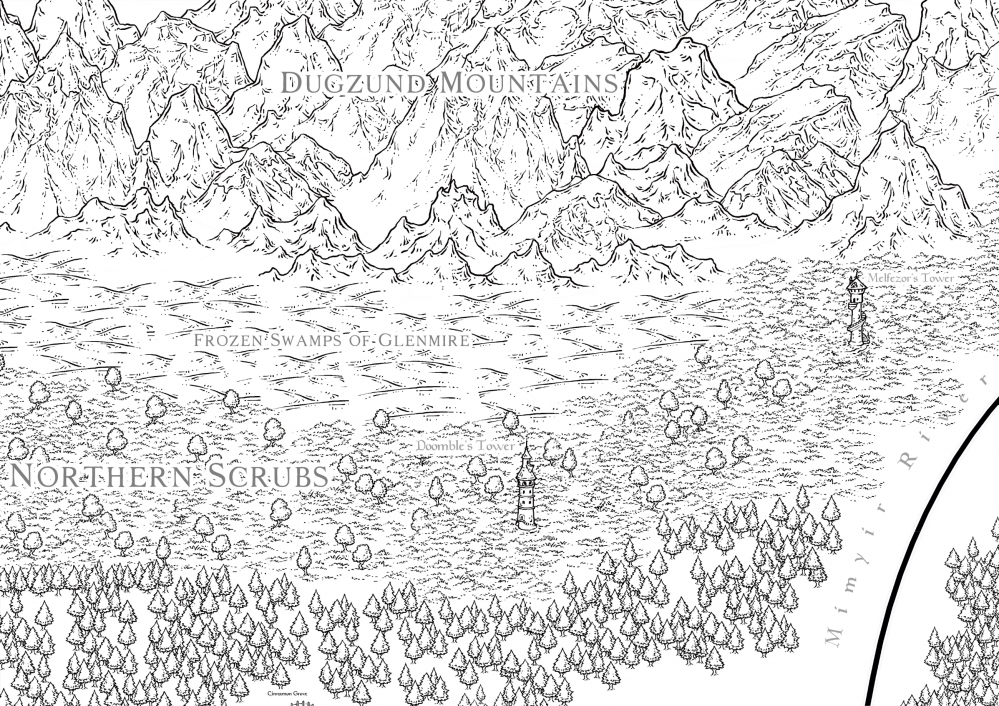
Vigilant RPG
Intro to Archetypes & The Fighter
What are Archetypes?
In Vigilant classes are divided into 4 broad archetypes within which are a number of specialized perk trees which a character can freely switch between. The four archetypes are: fighter, rogue, spellcaster and priest. Archetypes determine dice pool totals, hit point progression, skill point progression, and attribute bonus frequency. The way classes and leveling work is that within each of these archetype are a number of perk trees, and at level 1 and each level thereafter a character can choose a perk from any tree within their archetype so long as they have the previous perk, and then get all the normal bonuses from levelling up as listed in their archetype. The goal of this system was to pull the elements I liked from classless and class-based systems while preserving both game-balance and player choice as a design goal.
Within a class based system like classic dnd there is a clear sense of progression; characters improve at a constant rate, and even though they may not get a big flashy ability every level there are still consistent improvements to your character whether through attack bonuses, saving throws, or even just more hit points and skill points. When GMing class-based games that are fairly well balanced you also get an excellent metric of where to set encounter difficulty that is naturally baked into the system – monsters are statted appropriately against specific levels of characters. Classless systems sacrifice this linear sense of progression and balance for unparalleled flexibility. Invested players in a classless system can go nuts with spicy builds and make some truly unique characters, but classless systems are often daunting for new players, and difficult to balance for a GM as characters within the party do not progress at the same rate depending on how they spend their exp.
The Vigilant archetype system is looking to preserve the consistent progression and balance of class-based systems, while allowing for high amounts of flexibility through the ability to freely swap between perk trees. By defining dice pool progression archetypes provide some inherent balancing metrics, and signal what the archetype is meant to be good at which is then reinforced in their perk trees. For example, Fighters have the highest physical dice totals among the archetypes so their perk trees reinforce physicality and often make use of physical attributes and dice. The dice pool system itself is flexible enough that having consistent progression is not as limiting a factor in how the characters are played – a smart investigative fighter can be just as viable as a smart investigative spellcaster because the margins between their dice pools are fairly thin, and this gap can be closed with skill and perk investments. To add even more flexibility in builds there are also ‘general perks’ which are available to all archetypes and can be taken so long as a character meets their prerequisites. Some of these general perks are mini-trees in themselves, or else provide specific abilities to archetypes that don’t otherwise fit within a tree such as improved spellcasting. Through general perks characters can also ‘multiclass’ by gaining access to perk trees from other archetypes, allowing for extremely flexible builds at higher levels.
The point is to provide a bunch of flexibility in progression and play, while making these options digestible and balanced. A player can progress straight down a perk tree and get a similar class-experience as in dnd, while someone coming over from GURPS or HERO system can go nuts mixing and matching all the different perks throughout the various trees to build something unique. Because a character’s effectiveness is determined primarily by how they are played rather than just being the sum of their stats, both approaches can be equally viable. Although min-maxing will lead to an objectively better character with flashy ability synergies, a majority of the impactful systems are part of the innate archetype progression, so a min-maxed character will not stand head and shoulders above a character that just sticks to a singular tree.
Another thing to note is that progression of skill points and hp is static within an archetype – there are no dice rolls. Early levels of d20 systems can be extremely swingy as the difference between a high and low HP roll on your first 2 level-ups can be worth between 5-50% of your HP total. Although luck can be a lot of fun during character building, it usually feels pretty bad for luck to heavily impact character progression once they’ve hit the table, and so static progression is an effort to mitigate this.
The Fighter
Fighters get more physical dice and attribute bonuses than any other archetype because they’re supposed to be good at hittin’ stuff. Fighters start with the most Hit Points, and receive more at each level than any other archetype. Although fighters don’t get a fat stack of skill points, the most any class gets is 3.5/level, so they’re not exactly lagging behind. As you may have noted, there are no class skills – characters are free to toss points into whichever skills they want and skills themselves are quite broad – as there are only 18 unique skills in the game – so although 2 skill points may seem extremely limiting, they still provides a decent amount of options as most individual skills have a multitude of applications.
In addition to their progression tables, each class also has innate abilities that better define what the archetype is generally good at, or else define aspects that are essential to the archetype’s identity (such as spells for a spellcaster). Innate abilities are granted to a character of that archetype at character creation. For fighters these abilities are ‘student of arms’ and ‘feat of strength’. Student of arms is a small nod to speed ratings from AD&D, as my Dad continues to swear that speed ratings were the best initiative system ever developed and any system which does not emulate it is clearing doing it wrong. Initiative adjustments based on weapon size also serves as a signpost to say ‘hey, you’re better at weapons than other people, you should probably use those’, and also provides some interesting options in combat where a fighter can switch to a faster weapon to secure an advantage over an opponent. Feat of strength is another option for flexibility that is also a ‘get out of jail free’ card for when a fighter miscalculates and runs out of dice to make reactions. The downside to using this is ‘fatigue,’ which reduces a character’s dice pool by 1 until they rest. Fatigue can be applied to the mental or physical pool depending on the triggering event, and if it causes both pools to reach 0, or would otherwise exceed the base value of a pool then the character falls unconscious. Feat of strength provides a short burst of power to overcome a foe, or make that essential block reaction when trapped on the frontline. Some abilities or perks allow a character to mitigate the effects of fatigue, allowing for some synergistic build opportunities, but otherwise it is meant to be used sparingly.
That’s about it for me! Below are a couple examples of the perk trees found within the archetype. In addition to the ones shown there are also the Barbarian, and the Duelist in the base rules. Next time I’ll talk about the Rogue and Spellcaster archetypes and some of their trees and abilities.































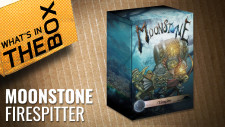









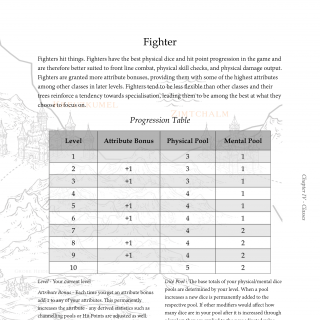

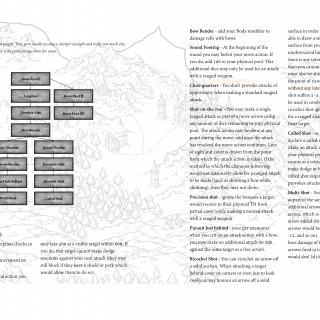






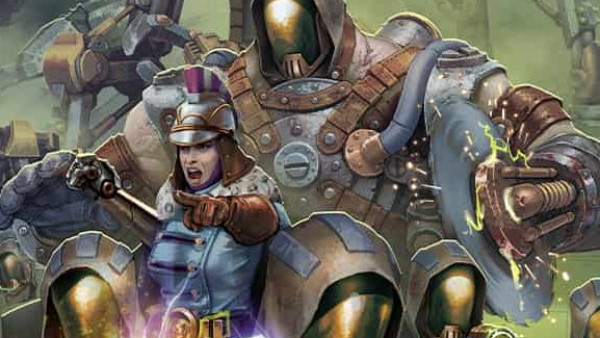


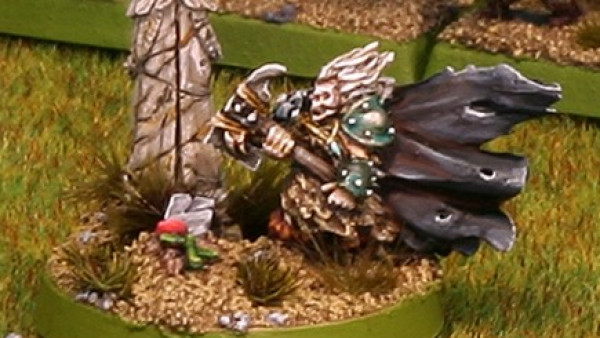
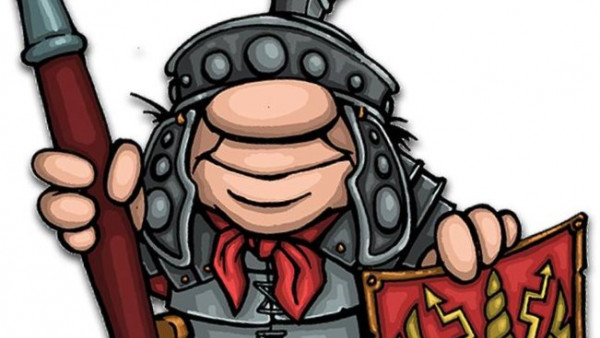
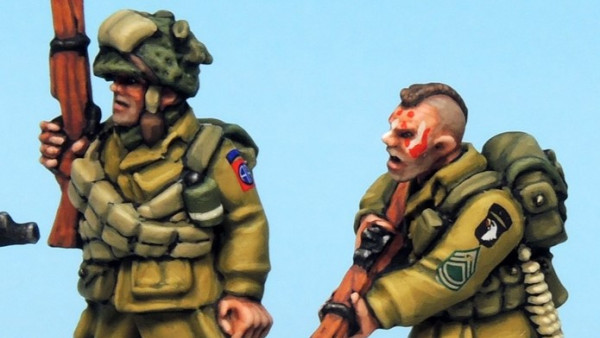
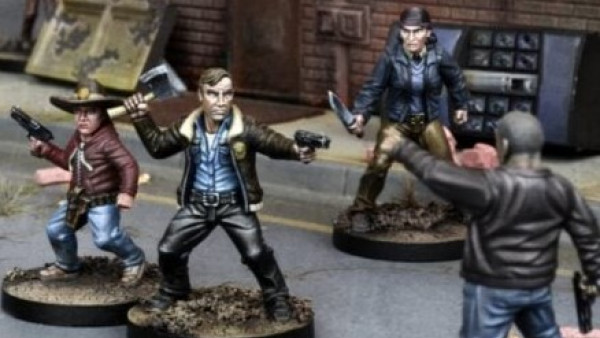


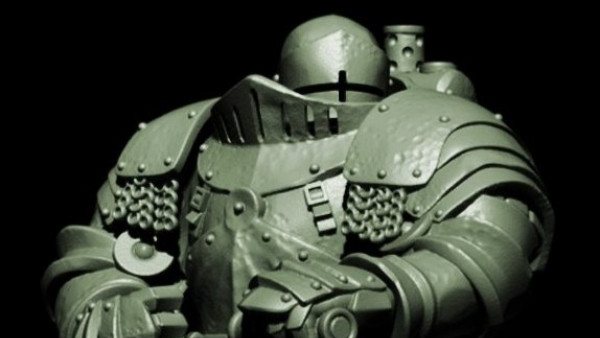
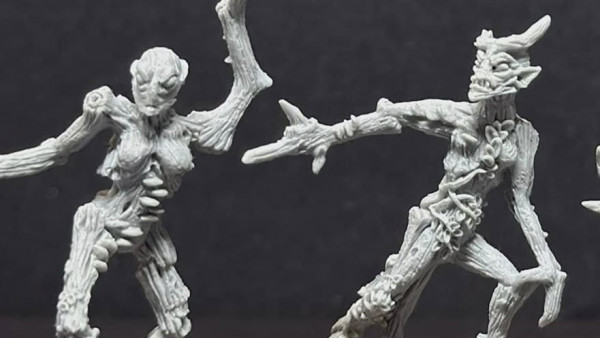
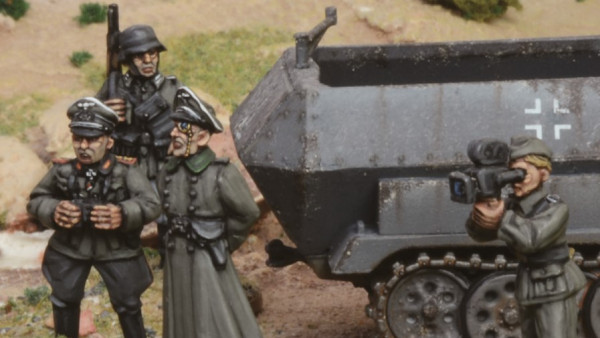
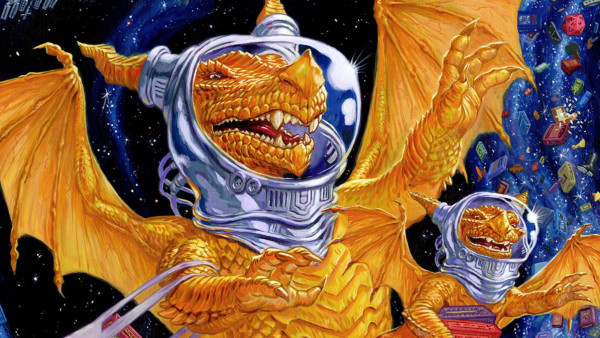
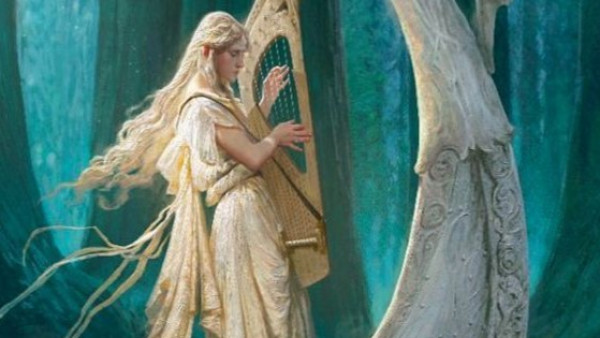
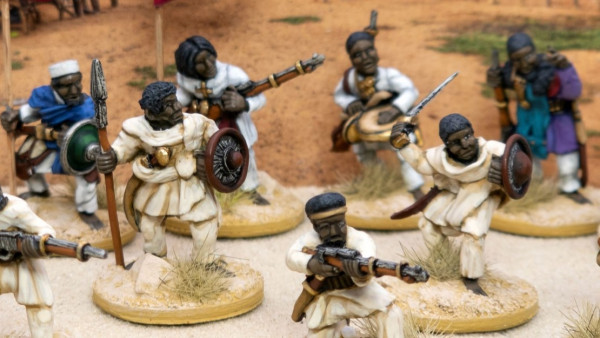

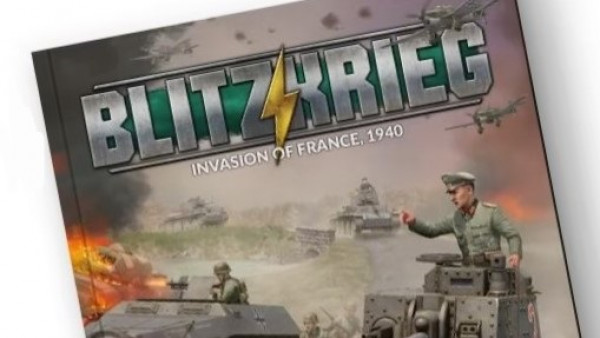
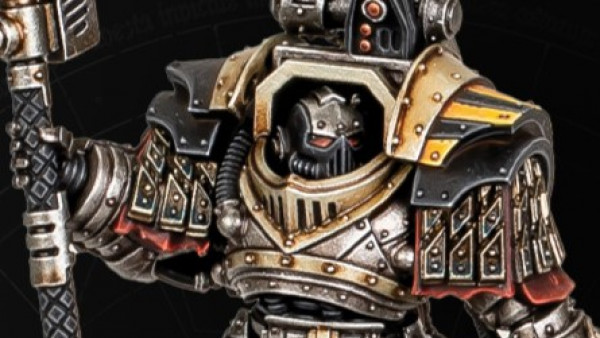
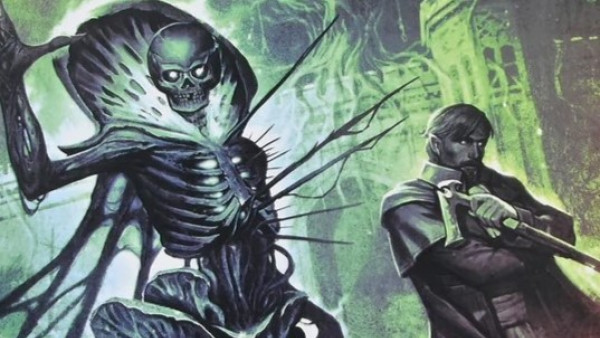
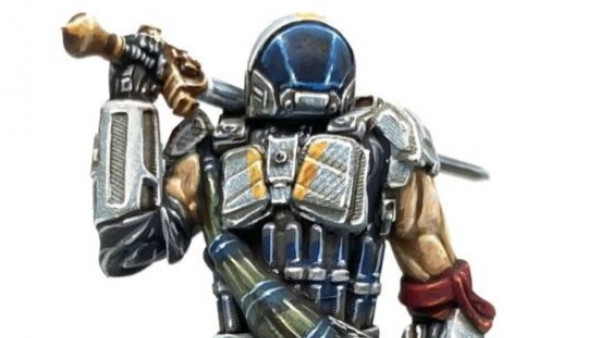

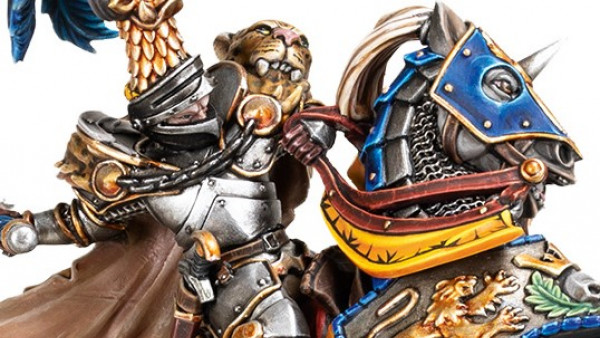

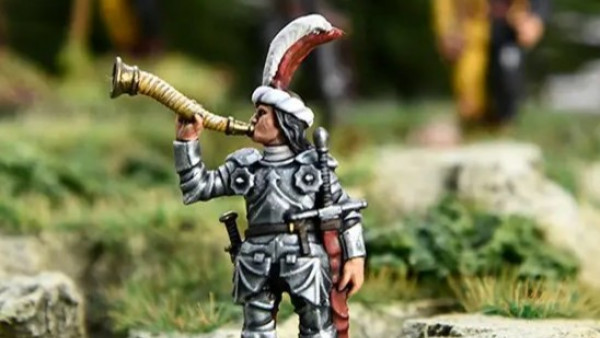

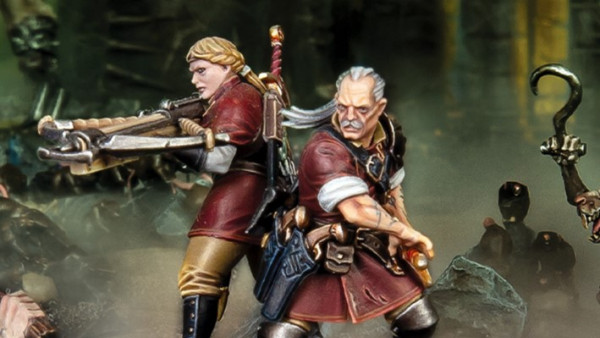
Leave a Reply